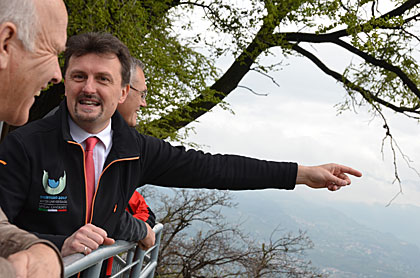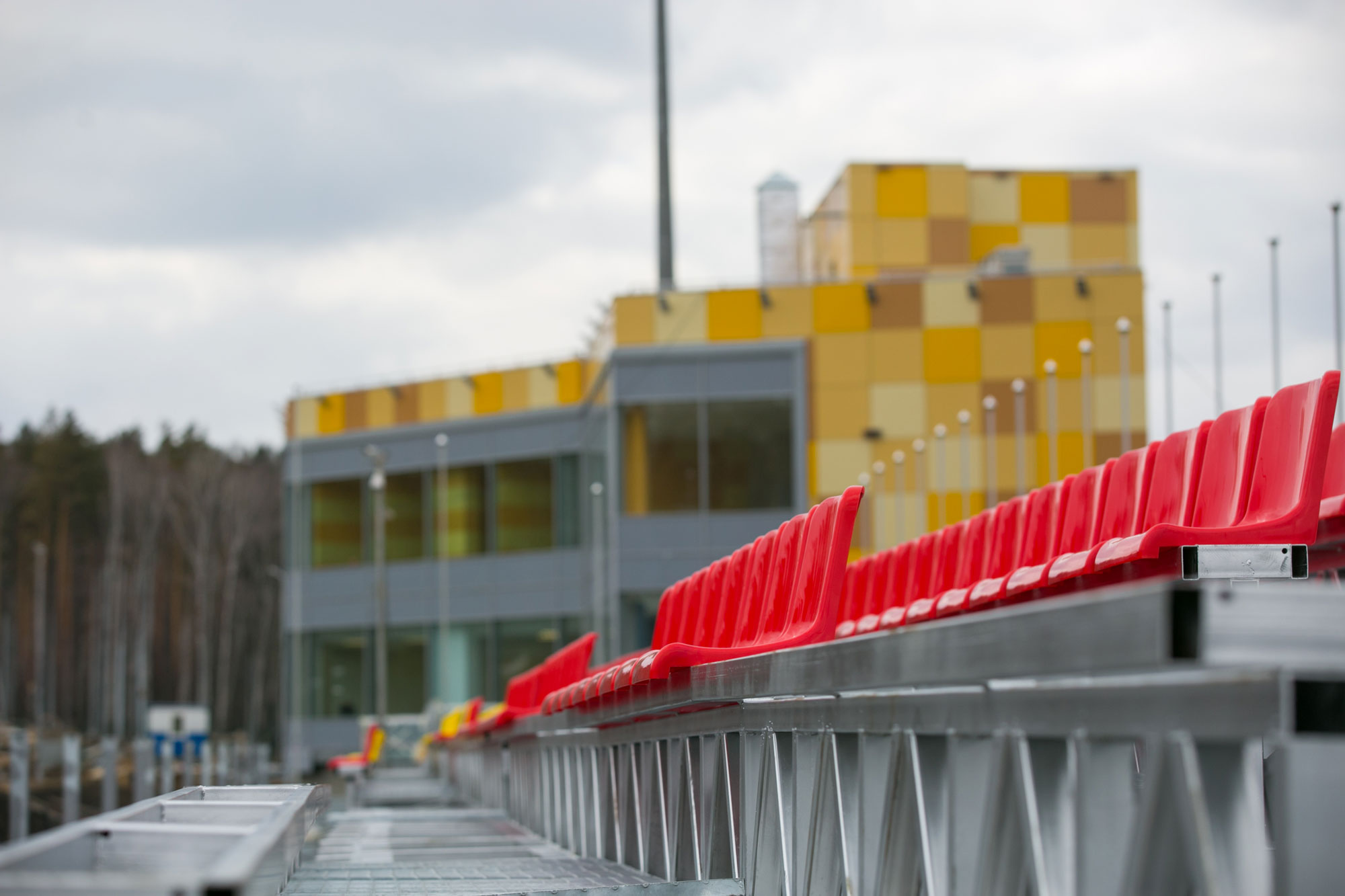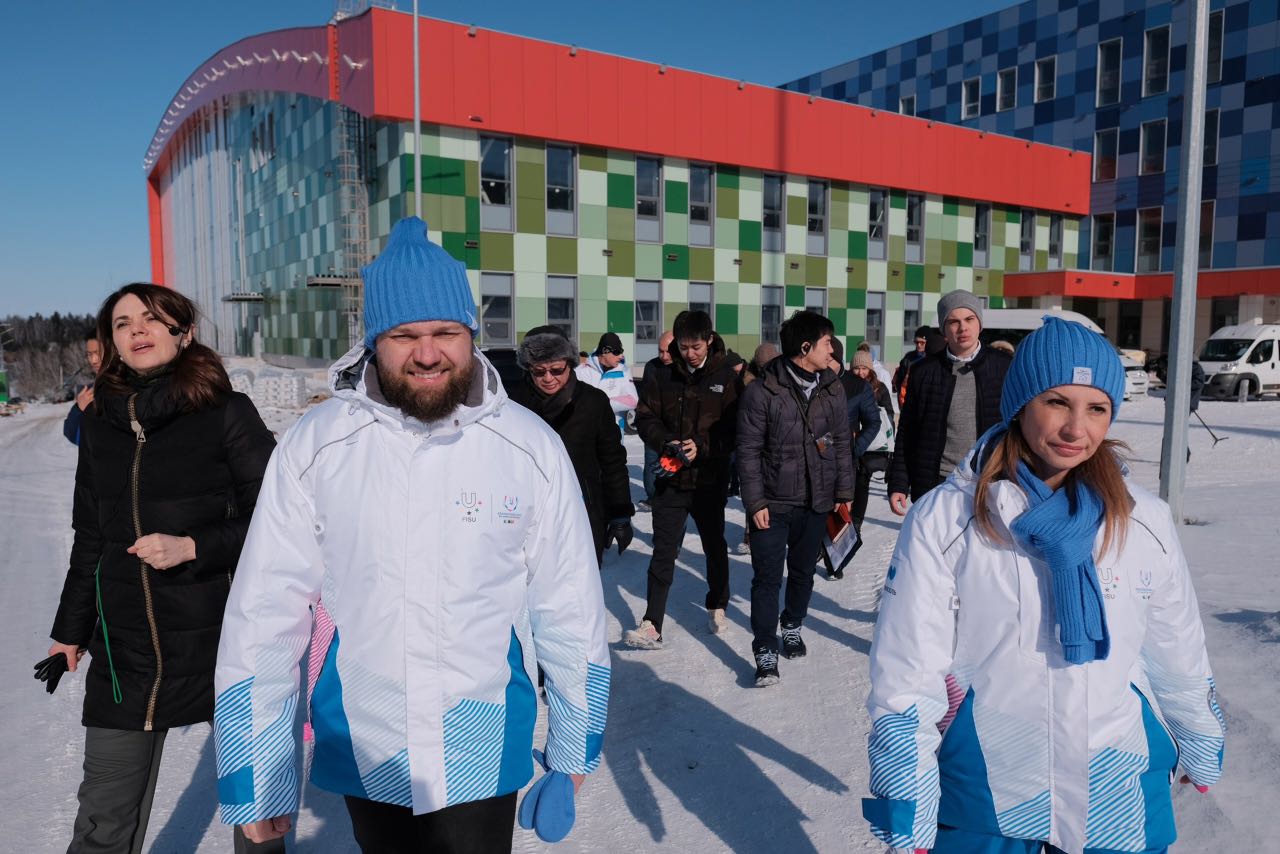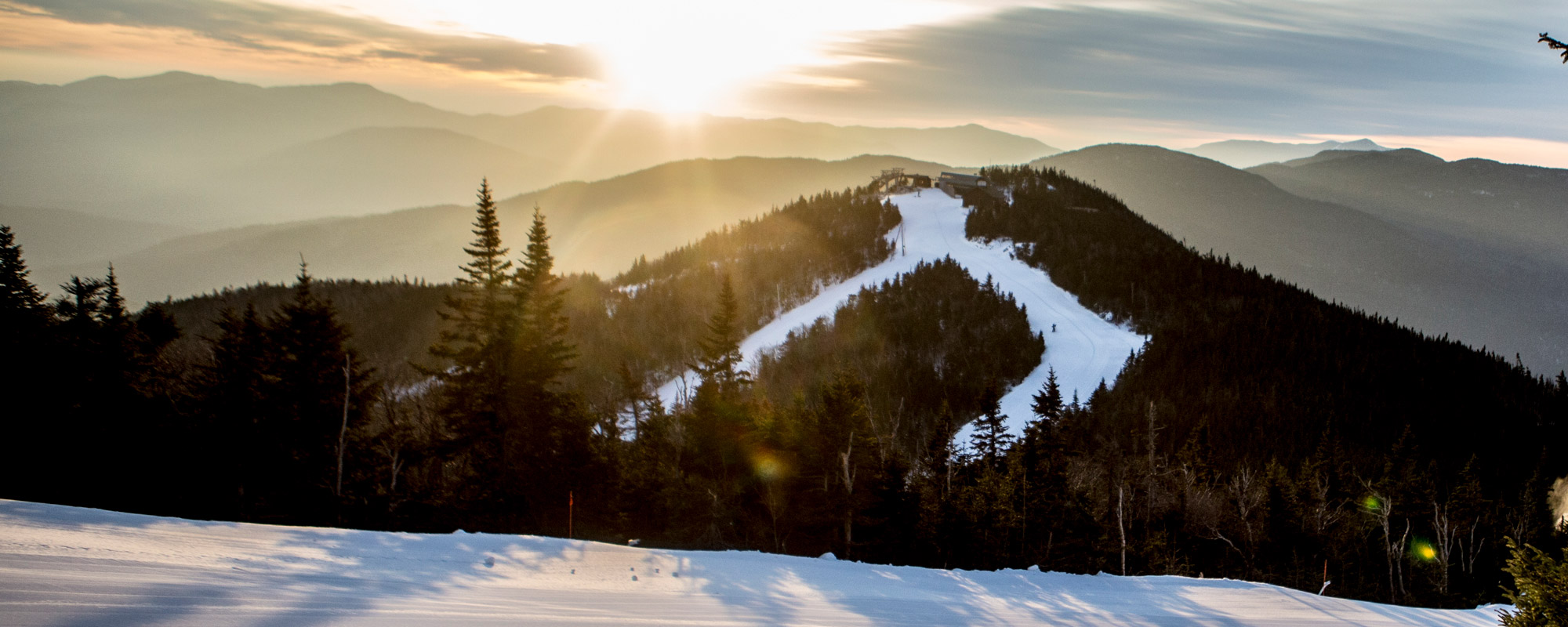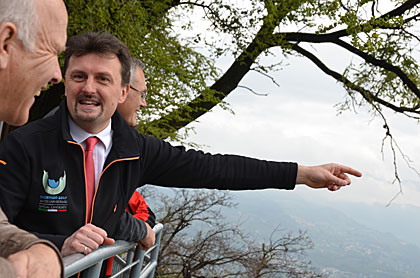 Paolo Bouquet, Trento University Delegate presenting the Trento Region, also called Trentino, to the FISU CT Chairs
Paolo Bouquet, Trento University Delegate presenting the Trento Region, also called Trentino, to the FISU CT Chairs
First CTI Meeting in Trentino.
Trento. As you know Trentino is our new location for the 2013 Winter Universiade after the problems faced with the previous organizers. This is why the first CTI meeting in this region was so important. Indeed, Roger Roth, CTI Chair for the Winter Universiade took some moments this morning to explain this particular situation to all the CT Chairs. It’s a big challenge to all the people involved to prepare a Winter Universiade in a so small period but it seems that our Italian friends will propose excellent solutions and that their project is really based on enthusiasm and willing to succeed.
During the first part of the meeting that took place in the Trento University, Roger Roth also took the opportunity to introduce our two new CT Chairs: Mr. Nam-Hwan Park from Korea, CT Chair for short track speed skating and Matjaz Kranjc, from Slovenia, CT Chair for alpine skiing. After this brief speech from Roger, the FISU delegates were invited to a short presentation given by our hosts.
Sergio Anesi, the Universiade Coordinator, was the first to take the floor. He gave us an overview of the Trento Province itself also named Trentino. Indeed, Trentino can claim a truly unique historic and cultural identity, codified in the special form of institutional autonomy recognized after the Second World War in a specific agreement signed by Italy and Austria. In Trentino all the most important political decisions are taken locally, rather than being referred to central government; hence economic decisions are made rapidly, on the basis of the specific characteristics of the area and with the objective of promoting excellence. Bureaucratic procedures in Trentino, streamlined and effective, also benefit from provincial autonomy and are inspired more by the Anglo-Saxon bureaucracy model than by Mediterranean-type bureaucracy, guaranteeing rapid and effective responses according to a clearly defined timescale.
The Dolomites Mountains, declared as a UNESCO World Natural Heritage site in June 2009, are the jewel in the crown of Trentino. The reason for this acknowledgement lies not only in the incomparable beauty of the nine evocative mountain groups they are made up of but also in the combination of human activities carried on here in respect of tradition and, more importantly, nature. In fact there has always been a special consideration for environmental sustainability in this area. Over one sixth of the province is covered by protected areas dominated by woods and trees, which are estimated to number about half a billion. In order to preserve the high level of biodiversity the area enjoys, oases have been set up such as protected biotopes, alongside nature reserves and the three major Adamello Brenta, Paneveggio-Pale di San Martino and Stelvio Nature Parks. In Trentino, however, there is space for more than just tradition and nature, seeing as research and innovation are the norm here. The scientific research carried out in particular by the University of Trento, in fact, has consistently earned acknowledgements and prestige both nationally and internationally in many different fields.
Talking about the University was the part of Paolo Bouquet, the University Delegate : “the University of Trento has been known for its attention towards international relations and mobility and for the quality of its research and courses. These features have led the University of Trento to reach prominent positions in national and international university rankings. 16,000 students and about 600 faculty and researchers: these numbers speak of a university offering an ideal environment for studying and research, and services designed to cater for the needs of the individual. The University believes in sports and invests in this field. Within the UNI.Sport network three particularly innovative projects have been realized: TOP Sport, Uniteam and Uni-fit. These are addressed to the different typologies of students: champions, mid-level athletes and students with small-medium interest for sports and fitness. The UNI.Sport project is ambitious and aims at promoting sports as a factor of personal growth and improvement which accompanies the student in his/her university course.”
Last but not least, Filippo Bazzanela, the University Sports director gave us an exhaustive presentation about the sports venues that will be used during the 2013 Winter Universiade. He gave us also details about the accommodations, visa procedure, security measures, etc…
After all those speeches, the CT chairs were divided in two groups: snow and ice, in order for them to visit the venues where they will have to work during the games.
Everything was well organized during this first day of inspections and all our CT Chairs came back to the hotel with very positive comments.
Of course some adjustments will have to be made as we will have a special calendar for these games. Indeed the period chosen (from December the 11th to December the 21st, 2013) is particular but it will add some human interest as the Trento Region is beautiful during the Christmas period with plenty of special activities.
(Words and pictures by Yvan Dufour, FISU Chief Editor)
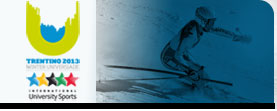
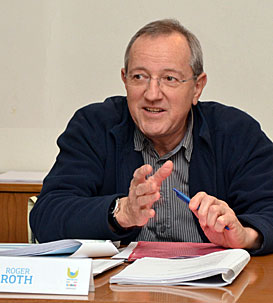 Roger Roth leading this first CTI meeting
Roger Roth leading this first CTI meeting
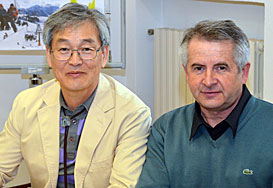 Nam-Hwan Park from Korea (left), new CT Chair for short track speed skating and Matjaz Kranjc, from Slovenia, new CT Chair for alpine skiing
Nam-Hwan Park from Korea (left), new CT Chair for short track speed skating and Matjaz Kranjc, from Slovenia, new CT Chair for alpine skiing
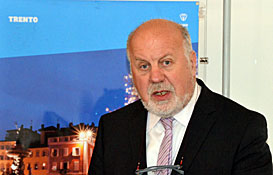 Sergio Anesi, Universiade Coordinator presenting the Trento Province
Sergio Anesi, Universiade Coordinator presenting the Trento Province
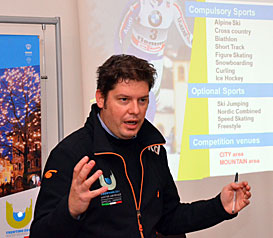 Filippo Bazzanela, University Sports Director presenting the Universiade project
Filippo Bazzanela, University Sports Director presenting the Universiade project
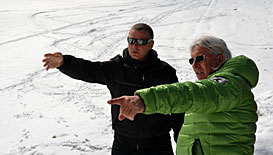 Inspecting the freestyle skiing venue with Luc Kohly (right) and the manager of the Monte Bondone ski ressort
Inspecting the freestyle skiing venue with Luc Kohly (right) and the manager of the Monte Bondone ski ressort
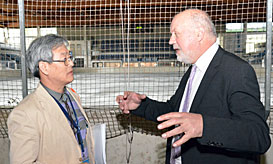 Sergio Anesi, Universiade Coordinator (right) with Nam-Hwan Park, CT Chair for short track speed skating during the visit of the Pine Ice rink in Baselga di Piné
Sergio Anesi, Universiade Coordinator (right) with Nam-Hwan Park, CT Chair for short track speed skating during the visit of the Pine Ice rink in Baselga di Piné

